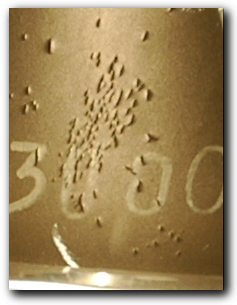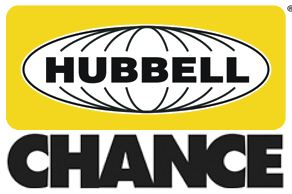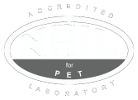When your products are processed at PETL, they undergo a variety of tests and inspections, which means they could be rejected for a number of reasons. Here are a few examples of failures:
Ozone Degradation
|
|
This insulating glove was rejected because of ozone damage to the rubber. Ozone is a form of oxygen that can be found everywhere, but is concentrated in the air surrounding a conductor in high voltages. Over time, it causes dangerous cracks to form in rubber products, including insulating gloves, thus rendering them unsafe. Ozone is naturally occurring, which means that over time ozone damage is virtually unavoidable. While you can't stop it, you can prolong the useful life of your gloves and sleeves by avoiding excessive exposure. Keep this in mind:
|
Snags
|
This insulating glove was rejected because of a stag in the outer layer of rubber. If you look closely, the yellow layer inside the glove can be seen through the snag.
This type of damage is preventable with the use of appropriately sized glove protectors.
To ensure worker safety and the integrity of the gloves and sleeves, insulating gloves need to be worn along with protector gloves (such as leather), and both insulating gloves and sleeves need to be stored properly when not in use. Proper storage means that gloves must not be folded and need to be kept out of excessive heat, sunlight, humidity, ozone, and any chemical or substance that could damage the rubber. [See 1910.137(b)(2)].
Fact: The vast majority of blankets rejected in our laboratory are rejected because of uniform snags typically caused by dragging the blanket down a power line with protruding wire strands. Not dragging your blankets will dramatically reduce their likelihood of failure. |
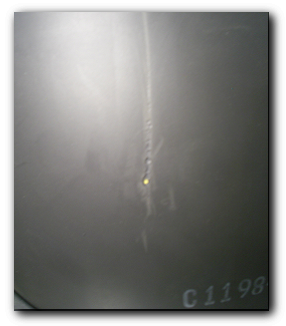 |
Holes
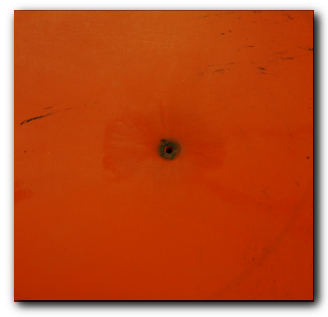 |
This Class 4 blanket was rejected because of a hole. Ordinarily, holes are very difficult to identify visually, since the rubber tends to expand after the foreign object that caused the puncture is removed. The electrical test, however, quickly identifies holes, even if the puncture didn't fully penetrate the rubber.
The intense heat of the penetrating arc during the electrical test causes scorching and typically increases the diameter of the hole.
This type of damage to gloves can be prevented with the use of appropriately sized protectors. In sleeves, caution must be exercised to guard against punctures. Blankets are inherently susceptible to being punctured because they are often draped over bare power lines that frequently have protruding wire strands. |
Chemical Damage
| Content coming soon! |  |



